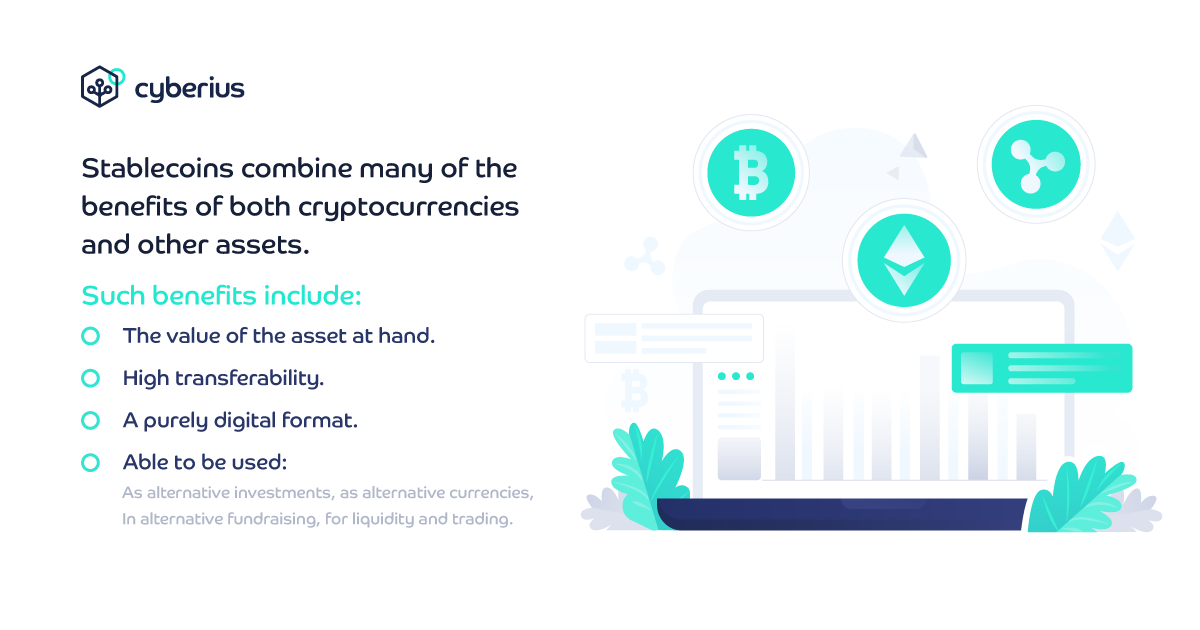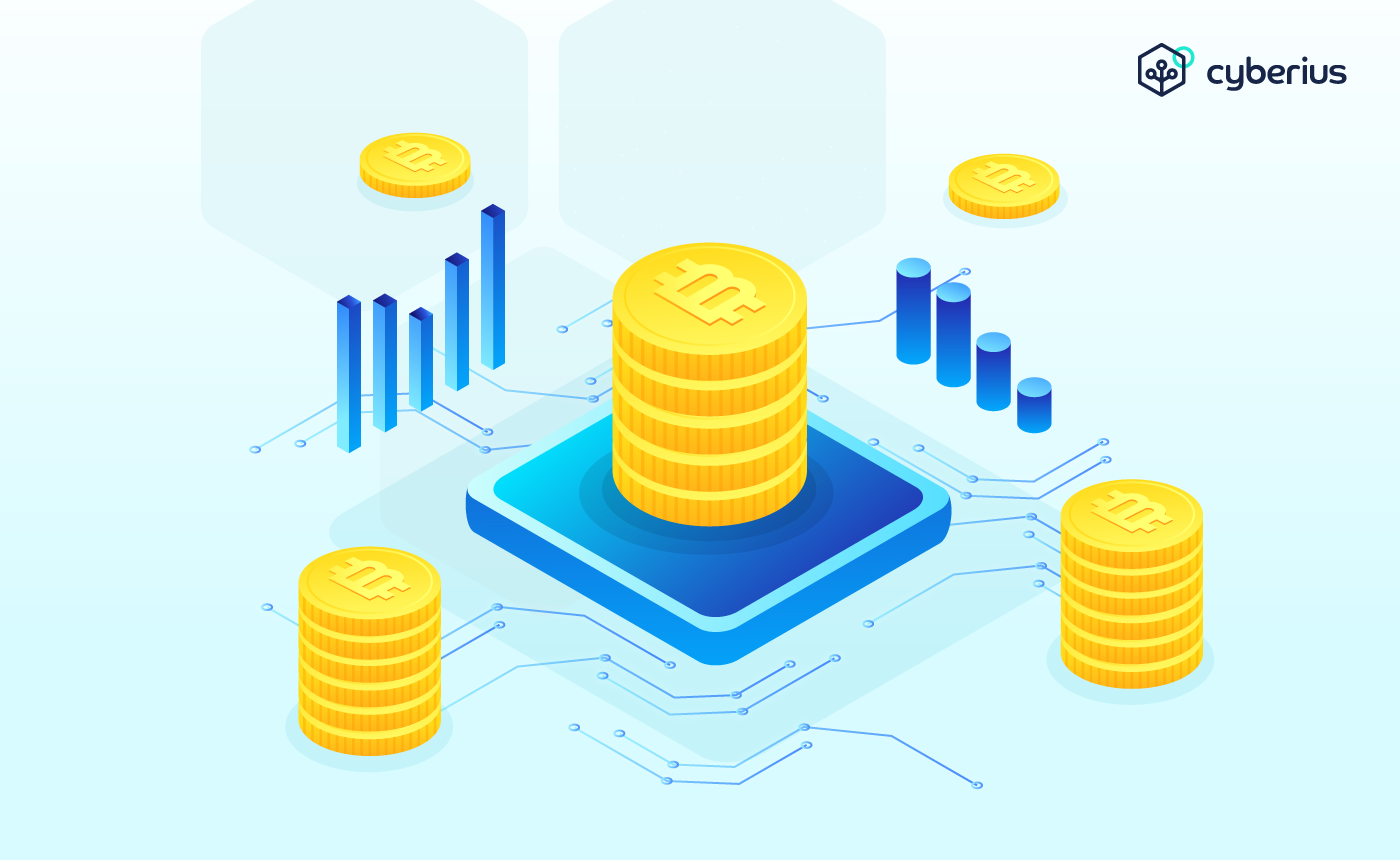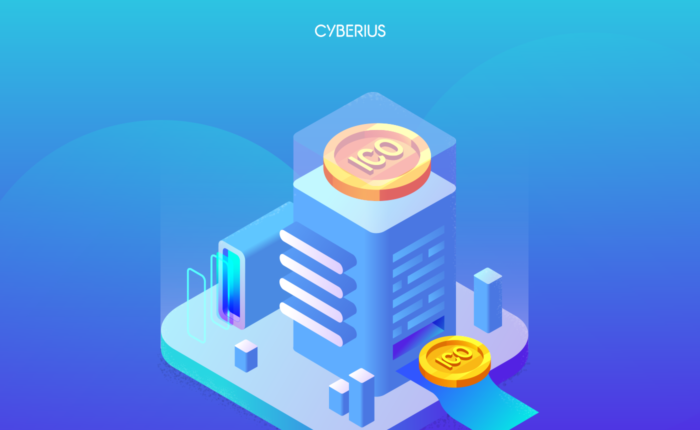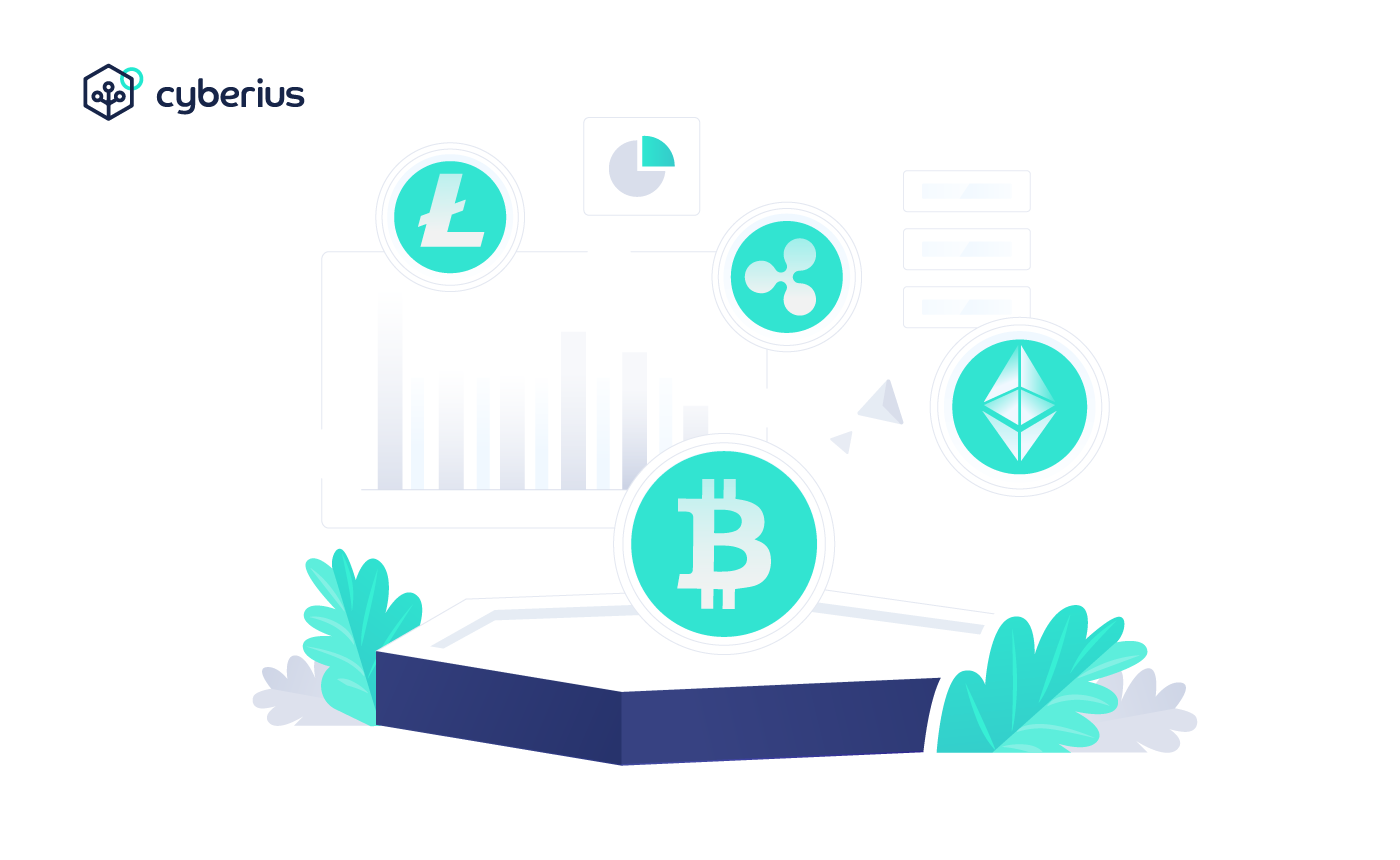If you’re reading this article, then you’re probably at least familiar with cryptocurrencies. In this article, we’ll be discussing stablecoins, which are (usually) a type of cryptocurrency.
Cryptocurrency is purely digital, and has no intrinsic value other than their cryptography and the ability to semi-permanently record information on the blockchain. Thus, most crypto coins derive their value solely from market demand – for a purely digital product.
Cryptocurrencies do have certain benefits, which is why people even bother with them in the first place. Some of these benefits can be seen below:
- Alternative Investment. Bitcoin’s rise in price caught the attention of the world, especially with the unprecedented price rise during the Crypto/Bitcoin Bubble of 2017 (Bitcoin might be catching back up). Crypto could potentially be used for long term investing!
- Transferability. As was one of Bitcoin’s stated intended properties, crypto was/is a (so called) “decentralized” asset, which can be traded P2P (person to person) without a traditional middleman. Because of this, crypto can be transferred around the world without hassle.
- Liquidity & Trading. As the popularity of Bitcoin rose, and as new cryptocurrencies came on the scene, huge and wild price fluctuations became normal in the crypto market. Volatility in the cryptocurrency market, with a large number of coins to choose from, tools to monitor their value, and exchanges to trade them meant that a new and highly liquid trading alternative had arisen. Some digital wallets even have the ability to trade, and with the rise of mobile, trading (and spending) crypto is easier than ever.
- Alternative Currency. Many people are interested in alternative currencies to actually use them as alternative currencies. Some just like to have options, others are excited for the new possibilities a new alternative can bring, and others are tired of current monetary policies and financial authorities having control over their money and how it can be used (please do respect those in authority). Some of these people have good motives, and some have bad motives, you cannot paint everyone who enjoys the idea of an alternative currency with the same label. One thing is certain, cryptocurrencies have become a new, exciting, and in some ways dangerous new market.
- Alternative Fundraising. Cryptocurrencies have created new ways for companies to raise money, such as ICOs (Initial Coin Offerings) and IEOs (Initial Exchange Offerings). ICOs were starting to become popular avenues for scams, fraud, and failed projects, so IEOs were born.
However, cryptocurrencies’ wild price fluctuations (and practically no intrinsic value) are not good for people seeking more stability and safety in their assets. Stablecoins were born out of this desire for stability and real value among crypto assets.
What Are Stablecoins?
Stablecoins are digital tokens which derive their value from another asset that they are pegged to & are supposed to reflect the price of. This other asset is supposed to be less volatile, and thus give the stablecoin cryptocurrency the benefits of both the asset and of crypto. For example, a stablecoin may be pegged to precious metal (such as gold), oil, another currency (like the USD), diamonds, industrial raw materials, and practically any other tradeable asset.
Types Of Stablecoins
There are two basic kinds of stablecoins: collateralized stablecoins (along with the subset of crypto-collateralized stablecoins) and non-collateralized stable coins.
Collaterateralized stablecoins are supposed to have their said asset (fiat or commodities) saved in reserves. New tokens are only supposed to be issued when an equal value of the asset has been acquired and secured. Crypto-collateralized stablecoins are pegged to other cryptocurrencies (which seems like a strange thing to do). These maintain their peg through stability mechanisms and over-collateralization. This was the case with the Maker DAO’s DAI stablecoin.
Non-collateralized stablecoins (or algorithmic stablecoins) use algorithms to control the supply of tokens, and thus the price. They are attempting to keep the price stable regardless of market behavior.
You can read more about decentralized stablecoins here.
Stablecoin Price
The price of stablecoins is supposed to be exactly the same as the asset they are pegged to. However, this is not always the case, and it when it isn’t, eyebrows raise.
A great example of this is Tether, which has always claimed that 1 USDT is equal to 1 USD. However, not only has the price fell below $1 on multiple occasions (by a few cents), but now the “stablecoin” creators are saying that Tether might not be completely backed by USD alone.
Stablecoin Regulation
Are stablecoins regulated? What are stablecoin regulations? Sufficeth to say: “it’s complicated”, and actually a topic worthy of an entire article in of itself.
As stablecoins are only a few short years old, they face the same regulatory problems that cryptocurrencies have faced, mainly: unknown and uncharted waters. Since stablecoins are a crossover between digital currencies and actual commodities & fiat, they face brand new regulatory uncertainty, which has been and is being addressed in different ways in different places.
For example, Japan was said to have decreed (in October 2018) that because stablecoins are pegged to fiat, they’re not to be considered as virtual currencies (cryptocurrencies). US regulators, on the other hand (such as the SEC, CFTC, & FinCen), have been said to have issued guidance on the subject which suggest that stablecoins should be regulated differently based on their stability/pegging mechanisms (are they algorithmic stablecoins or collateralised stablecoins).
Stablecoin Examples
Before we share some examples of stablecoins, it should be noted that a stablecoin is not necessarily safe, and is still a new & (apparently) difficult concept. Many projects announced in 2017 have yet to launch, and in fact, it’s been said that the majority of failed stablecoin projects have been gold-based. Therefore, we cannot guarantee that any of the stablecoin projects mentioned in this article are safe investments, nor that they will be around by the time you read this. We are also not affiliated with any of the mentioned tokens.
With that said, here’s a few examples (by no means exhaustive) of available and proposed stablecoins using different assets:
Gold:
It appears that gold backed stablecoins are one of the most popular types, and there are many. You can see a long list of them in this article from Goldscape.net. You may also want to check out Orebits Corp. Orebits are smart digital certificates. An excerpt from their website says that: “At the time of digitization, one Orebit is secured by 5 ounces of Gold reserves based on an 80% discount.”
Silver:
CannDollar (CDAG) is an ERC-20 Ethereum-based stablecoin, where each token is worth 1 oz of silver. The company and silver reserves are based in Canada, the silver is in secure vaults and is regularly audited by a reputable 3rd party.
Palladium:
One of Russia’s wealthiest individuals, Vladimir Potanin, was recently said in March of this year to be contemplating the creation of a palladium-backed stablecoin. Talks were already said to be happening to make it a reality.
Diamonds:
DGems is an upcoming stablecoin connected to diamonds. The stones are said to be stored in Freeport zones, such as Singapore. You can request early access. Meanwhile, CARATS is also pegged to diamonds, and is available on an exchange.
Oil:
Bilur, by R Fintech P.L.C., has a trading platform and tokens connected to oil, as well as ginseng and gold.
Zirconium Dioxide (Zr02):
Industrial chemicals can also be used for stablecoins. ZrCoin uses Zirconium Dioxide (Zr02), or zirconia, for its stablecoin. The company claims to have made 100% profits in 18 months. Zirconia is a widely used industrial chemical with a wide variety of applications.
Fiat:
Obviously, one of the most popular stablecoin concepts is pegging a digital token to fiat currency. This includes the USD, such as the USD Coin (USDC – by Coinbase); the EURO, such as EURS (since shut down) and EURT (Tether’s tokenized EURO); the YEN, such as the J-Coin, and others in the works.
Some stablecoins in the fiat category are from private companies and exchanges, while others (including some in the works) would be considered national cryptocurrencies, like the CryptoRuble.
Other Stablecoin Examples:
–SNX tokens: The Synthetix platform is quite interesting. It has tokens pegged to the values of all kinds of different assets, allowing them to be used on Ethereum Dapps. It’s SNX tokens are synthetic stablecoins. Its fiat currency stablecoins include: sUSD, sEUR, sJPY, sAUD, sKRW, sGBP, sCHF, and sCAD. Cryptocurrency long and short options include: sBTC/iBTC, sETH/iETH, sBNB/iBNB, sMKR/iMKR, sXTZ/iXTZ, and sTRX/iTRX. Commodities include: sXAU and sXAG, with sAPPL (Apple stocks) and 10 others coming soon.
–Libra: Facebook has thrown its hat in the ring, creating its own version of a stablecoin called Libra. It’s said to be backed by a reserve of multiple currencies and is built on a native blockchain developed by Facebook. It’s meant to be used as an alternative financial option.
Additional Resources:
List Of Stablecoins (may not be complete or up-to-date):
https://stablecoinindex.com/projects
Comparative Price Charts For Stablecoins:
https://coincodex.com/stablecoins/
Analysis Of Stablecoin Market Adoption:
https://tradeblock.com/blog/the-rise-of-stablecoins-an-analysis-of-market-adoption
Conclusion:
Stablecoins represent an interesting new digital asset class. They have the same characteristics of cryptocurrencies (without the extreme volatility), and those of physical assets and fiat (minus actually having them in hand). As such, they’ve also presented new waters for regulators to navigate. Stablecoins derive their value from being pegged to the price of physical assets or fiat. This can be achieved either through having a collateralized stockpile of the asset, or algorithmically growing and shrinking the supply to match the asset’s price. Stablecoins are pegged to a variety of assets, ranging from precious metals & gemstones, to industrial chemicals & agriculture, to various fiat currencies, and more. If you like the idea and flexibility of crypto, but want something representing real assets with stronger and more stable price histories (even long-term appreciating values), then stablecoins are certainly worth looking into.
If you’d like an article like this, or other content for your business (infographics, reports, social media posts, etc), or if you need other digital marketing services, please contact us and let us know your needs.
Disclaimer:
This article is for educational and entertainment purposes only and should not be taken as investment advice, as we are not certified to offer such advice. We also cannot guarantee that the information in this article is entirely accurate or up-to-date. Any consequences of actions taken as a result of reading this article will be the sole responsibility of the action taker. Never invest in anything before doing your own due-diligent research, and never invest more than you’re willing to lose.






Leave a Comment